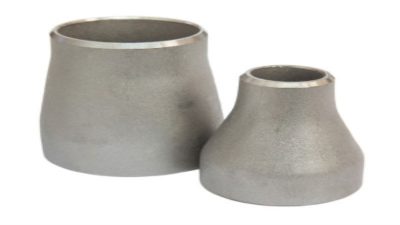When you are faced with making a mechanical connection between two pieces of wood, lag bolts are used to ensure that the connection is secure and stays that way. Lag bolts are found in places where it is necessary to fasten cross beams and uprights; they are used for bridge construction, decking and other large structures. The same bolt can be used to fasten a member to concrete but to do so there must be an insert called a lag set into the concrete first.
Lag bolts have quite a large head, of hexagonal in shape. The thread on a lag bolt is a very course helix. There is a portion of the bolt just under the end that remains free of thread. The helical shape of the thread allows it to advance into the wood when rotated in a clockwise direction using a wrench or other suitable tool. The thread form is not parallel as it is on a machine screw, the thread form on a lag bolt tapers to a sharp point, it is this point that first engages in the wood.
To advance the bolt, torque is applied to the hexagonal head using a tool; the same tool is used when you want to back the bolt out. The head of the bolt is much larger than the diameter of the threaded portion; this is to stop the bolt when the head reaches the surface of the wood as well as a method of engaging the bolt with the appropriate tool. The tools that are normally used are adjustable wrenches as well as open end and box wrenches of a fixed size and a ratchet and socket.
Lag bolts are used when it is necessary to connect pieces of wood. One piece of wood contains a pilot hole which has been drilled first; the pilot hole allows the bolt thread to pass through the first wooden member into the second piece of wood which has not been predrilled. Although the depth of the thread into the second piece of wood varies it normally penetrates about half way in.
Lag bolts are readily available in a host of sizes, both diameter and thread length. The bolts are also available in different materials, the most material is steel, zinc plated but if the installation is in such a location that a great deal of corrosion is expected the bolts are available in stainless steel.


